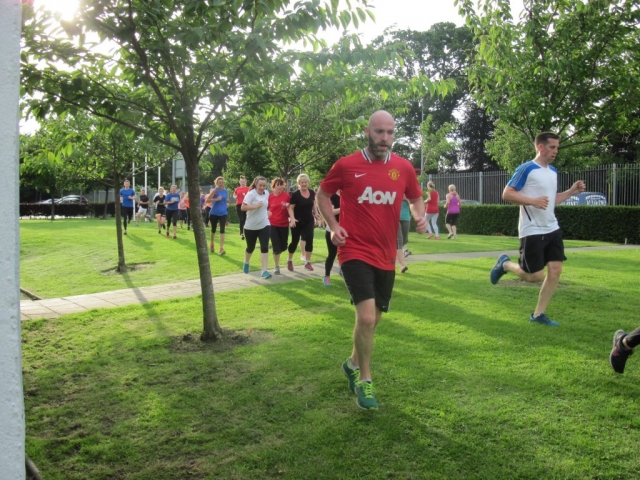ARE YOU TRAINING REGULARLY and NOT SHEDDING ANY BODY-FAT/WEIGHT?
ARE YOU TRAINING REGULARLY and NOT SHEDDING ANY BODYFAT/WEIGHT?
DO’NT LOOSE HEART. There are many more health related benefits to regular Physical Activity, than excessive focus on weight loss.
There are many Health related benefits to regular physical activity. The WHO (World Health Organization) recommend an accumulative amount of physical activity, at moderate and vigorous intensity, of between 150 and 300 minutes per week. The closer to 300 minutes, the greater the Health benefits.
So if your starting a physical activity routine, after 6 months of relative inactivity, (e.g, your heart rate rarely reaches anywhere close to 60% of its maximum, or in other words, you’ve rarely or never been out of breath), here are some of the benefits that will start to accrue.
HEALTH BENEFITS of IMPROVED CARDIOVASCULAR ENDURANCE
1 Probable Improved periphery circulation, 2 Stronger heart rate, 3 Lower heart rate, 4 Probable reduction in blood pressure, 4 Possible resistance to hardening of the arteries, 5 Quicker recovery after hard work, 6 Improved coronary circulation, 7 Less chance of a heart attack, 8 Greater chance of surviving a heart attack, 9 Increased protective HDLs, 10 Increased oxygen carrying capacity of the blood.
HEALTH BENEFITS of IMPROVED MUSCULAR STRENGTH and ENDURANCE
1 Greater work efficiency, 2 Helps with better posture alignment, 3 Less chance of muscle injury, 4 Decreased chance of low back problems, 5 Possible improved performance in sports.
HEALTH BENEFITS of IMPROVED FLEXIBILITY
1 Less chance of muscle injury, 2 Good joint mobility, 3 Prevents low back problems, 4 Helps maintain good posture alignment.
HEALTH BENEFITS of IMPROVED BODY COMPOSITION/BODY-FAT WEIGHT LOSS
1 Improved appearance, 2 Muscle is more metabolically active than fat, 3 Reasonable fat weight has less strain on the heart and joints, 4 possible improved self esteem and self confidence.
SO LETS TAKE TWO INDIVIDUAL EXAMPLES
1 Tom is in his 40’s, hasn’t exercised regularly for a number of years, but has a low body-fat count (lets say 15-20% body-fat), and 2 Mary in her 40’s has been exercising regularly for the last 12 months, but still has a body-fat count of between 25 and 30%, and believes that her regular training hasn’t achieved what she had hoped for.
Which one has a greater risk of poor health issues, and lower life expectancy ? Answer: Tom by a long shot, as mentioned above in the health benefits of regular Physical Activity.
So Mary needs to be aware that the majority of the ‘Health boxes’ for her have been ticked to date, and the body-fat/weight issue just requires a reduction in the calorie intake, e.g. reducing the consumption of foods that contain added sugar and fats (which covers quite a lot of foods) and focusing on foods that grow on a plant or on a tree, or grow in the ground, and avoid as much as possible processed foods.
TIPS
Check the sugar and fat content of the foods you eat, and remember that for ‘weight loss’, energy in (calorie intake) requires a greater calorie burn. e.g. 2000 calories in, requires more than 2000 calories expended in physical activity and effective diet for weight loss.
Best of Luck
D.


































